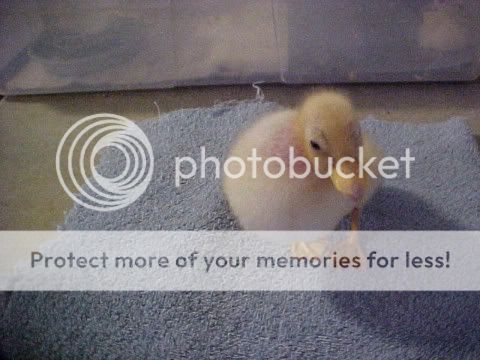It's 11pm, I just checked on Baby. She was hick upping-like again. She stopped when I held her. It has gotten worse. Now she has a huge swollen bulge in her chest. I sware it feels like an egg! It's right straight down under her neck, right where her chest is. It feels like there is an egg in there. It has not ever felt this way so I assume it is swelling....??? Whatever it is,,,she is worse off than I thought. She also feels very hot. My hands felt a little sweaty after holding her. She is still resting on couch next to Lovey. It is nice and dark in there and she is comfortable. I prayed and I'm asking for your prayers. I know it's just a bird but she is special to my family and I she was one of the first birds I hatched. She has always been my smallest bird but always was super fast when she runs and always hung out with the big girls and guys. She thought she was tough when she would peck at some of the other big standard birds while they were eating and they would scoot over for her.
Please let me know if anyone knows what that egg-type bulge could be. Thanks, Julie and Baby
Please let me know if anyone knows what that egg-type bulge could be. Thanks, Julie and Baby



